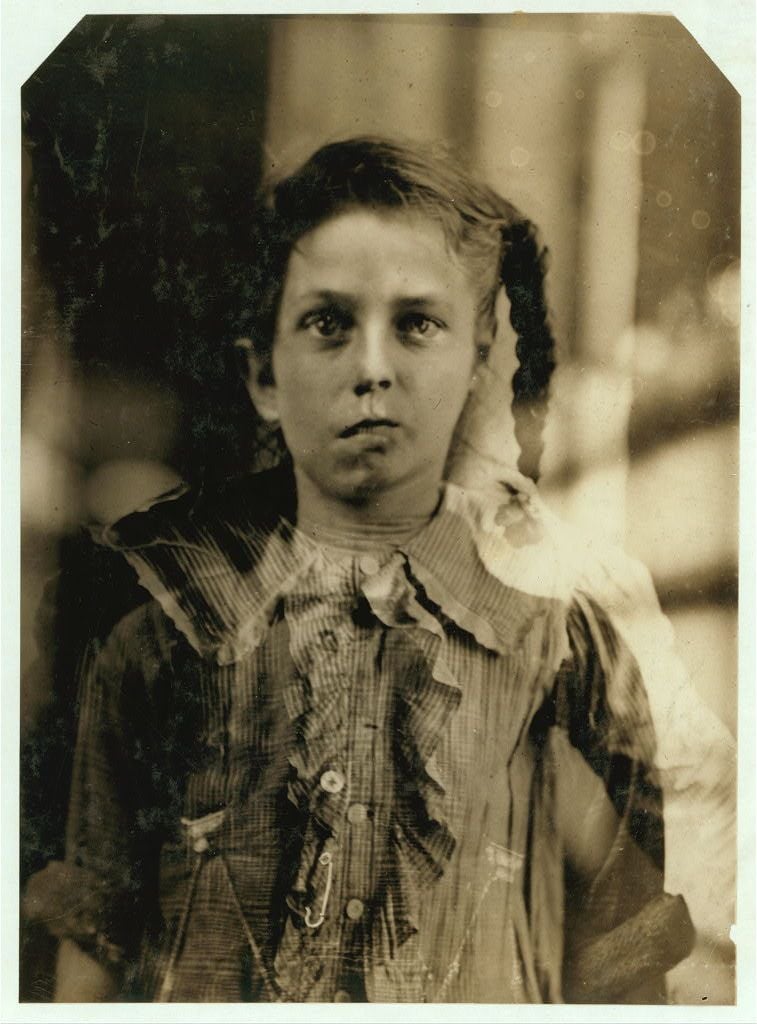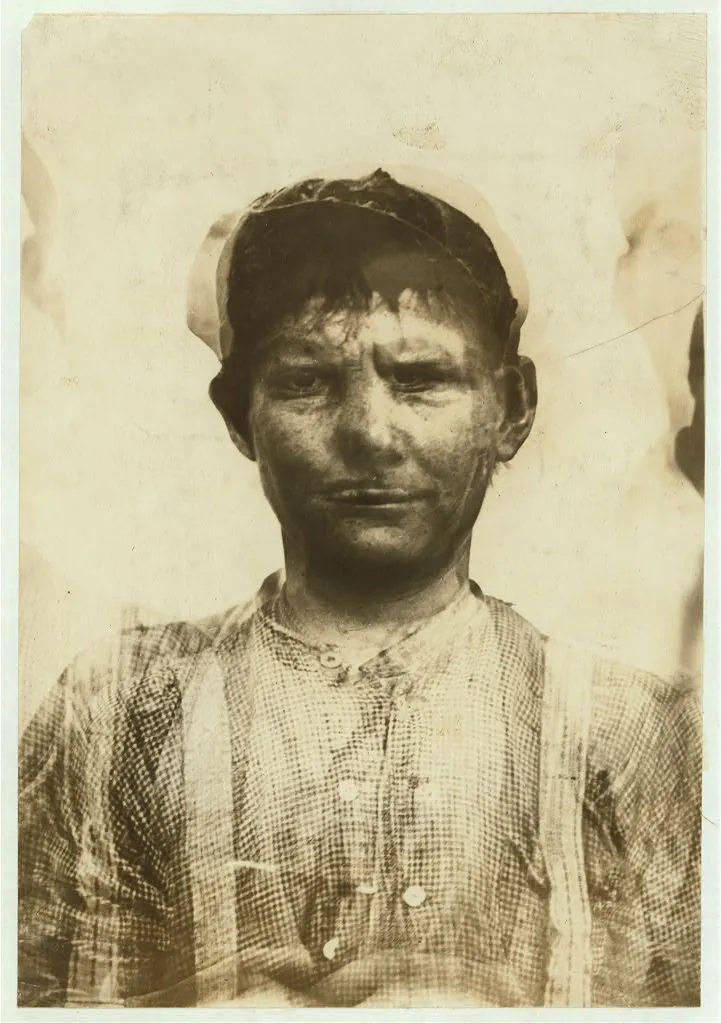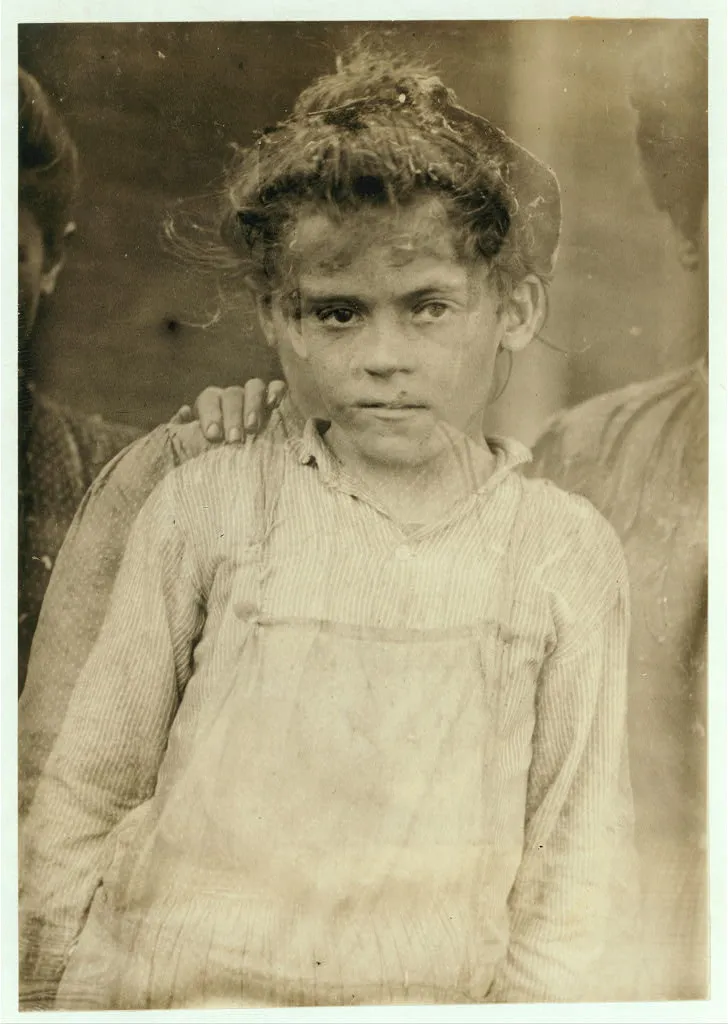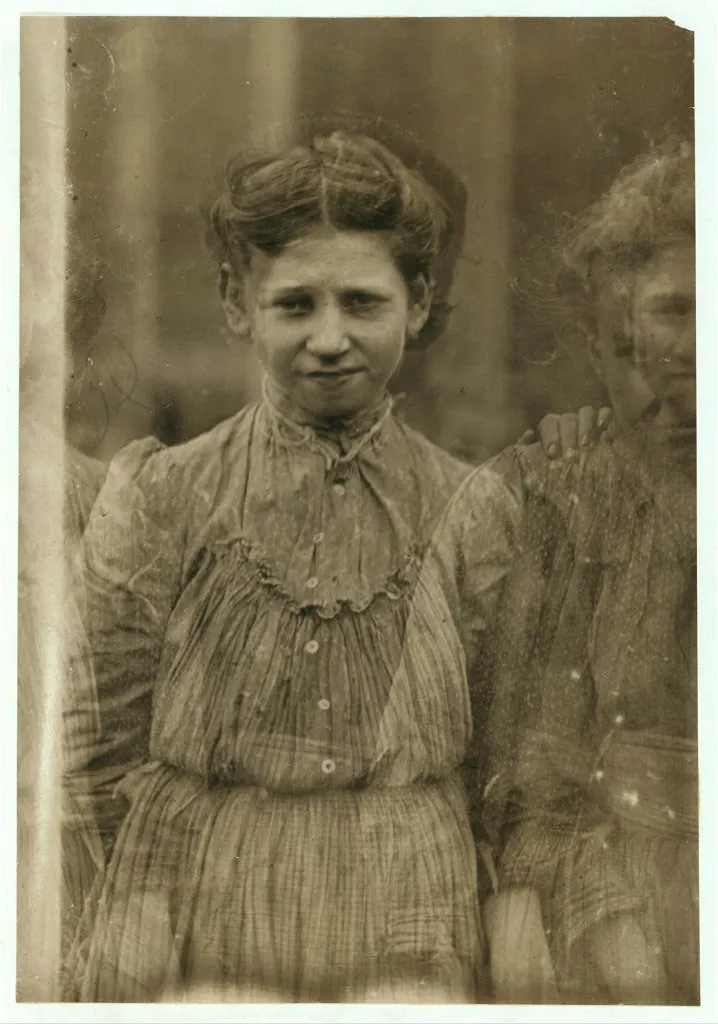These Little-Known Photographs Put an Eerie Face on Child Labor
Unpublished photos taken by Lewis Wickes Hine make a haunting case against the conditions experienced by many working children in the early 20th century
Has a photograph ever changed your life? If so, you have something in common with the child workers of yesteryear. At the turn of the 20th century, a series of pictures capturing America’s child laborers at work horrified investigators, galvanized public opinion and helped create the first U.S. laws protecting them in the workforce. The man behind those photos was named Lewis Wickes Hine and the online journal Public Domain Review recently unearthed some of the most powerful—and unpublished—photos from his series.
The slideshow above contains four composite photos of children who worked in Southern cotton mills. They were taken in 1913 by Hine, a school teacher turned photographer, who quit his job to travel all over the country and document the conditions in which U.S. child laborers toiled. Hine took more than 5,000 photographs of child laborers for the National Child Labor Committee, a group chartered by an Act of Congress in 1907 that was at the forefront of pushing for child labor laws in the United States.
In 1900, 1.75 million children were part of the labor force—a full six percent of the total number of workers in the United States. Underpaid and overworked in horrifying, life-threatening conditions, chid laborers were part of the machinery of America’s industrial revolution. You could find child laborers in nearly every position: shining shoes on street corners, selling goods in stores, digging in mines and working next to dangerous equipment in factories.
Hine devoted much of his life to documenting the faces of these children. He often faked his way into factories, interviewing childrens on the sly and taking his photos in secret. As a result, his photos have a casual authenticity that showed the stark realities of exploited child workers. His work has been compared to that of Jacob Riis, a journalist whose 1890 book How the Other Half Lives includes photos that exposed the squalid conditions of tenement life in New York and inspired housing reform nationwide.
Tragically, Hine himself died in poverty and was largely forgotten until the end of his life. But his work made a difference: Reformers used his photos to make a case against child labor and to pass the first federal child labor laws. The composite photographs you see were created by layering several photos of each child on top of one another to create an eerie effect. They were not published during Hine’s lifetime—though Public Domain Review notes that while the composites were never seen in public, the children they depict did appear on anti-child labor posters. Now as they make their way into the public domain, they serve as a continued reminder of the haunting face of child labor.
/https://tf-cmsv2-smithsonianmag-media.s3.amazonaws.com/accounts/headshot/erin.png)




/https://tf-cmsv2-smithsonianmag-media.s3.amazonaws.com/accounts/headshot/erin.png)